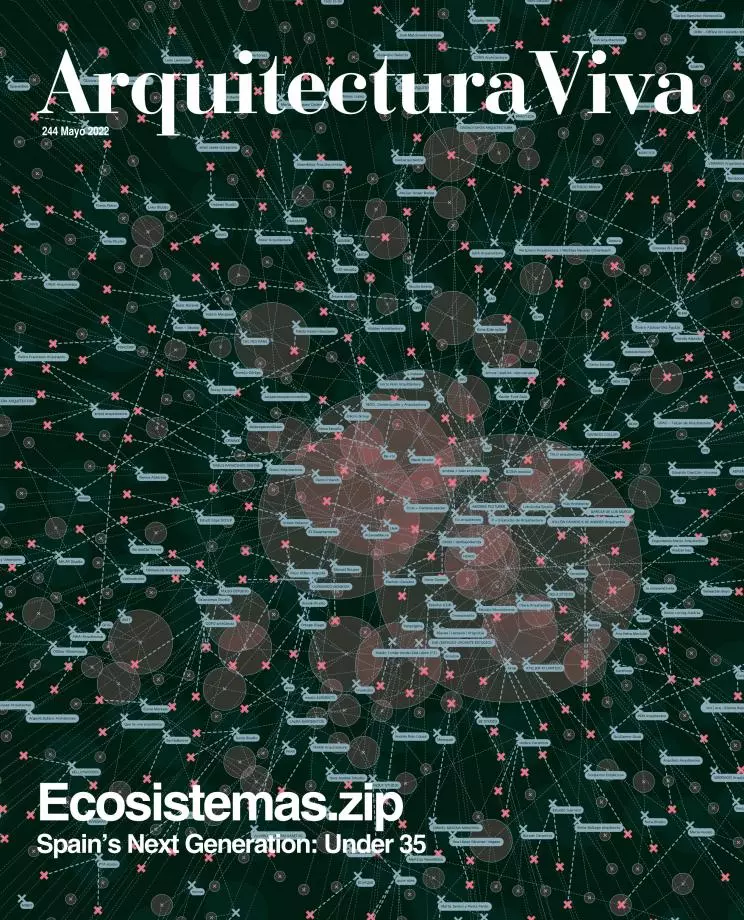
In October 2020, as UN Patron for Cities, I launched the Forum of Mayors in Geneva. Nineteen months later, the world’s population has increased by 151 million. Most have ended up in cities. Why? Because cities offer more opportunities, wealth, liberation, education, innovation, and life expectancy. The city is civilisation’s greatest invention, an act of design that starts with a plan, but cities evolve and change, so master plans need to be updated.
A master plan incorporates history and heritage, but it must be prepared for a sustainable future, incorporating long-term physical infrastructure and also addressing social issues such as housing, education, public space, biodiversity, culture, health, and sports. The master plan embodies the United Nations’ New Urban Agenda and its Sustainable Development Goals.
The master plan determines the DNA of the city: will it be compact, walkable, equitable, well connected? Or will it sprawl, devouring precious countryside and creating energy-consuming commuting? Infrastructure is the glue that binds individual buildings together. Boulevards, bridges, subways, parks: these determine the quality of life of the city. The pandemic raises questions about the benefits of globalisation, but in the context of global warming, we have to bring a wider awareness of local place – hence the importance of thinking globally but acting locally.
In that spirit the team responsible for the city master plan should combine well-informed local administration with clear lines of responsibility, and leadership with the best of independent design skills, to generate a blueprint for the future. Much of this will be two-dimensional, defining zones for uses and future development, but a city is three-dimensional, so I strongly advocate the use of three-dimensional models. This is the creative world of architects, urbanists, and engineers, who are equipped with the skills essential to any act of master planning.
A model of a city core showing its expansion and proposed developments would not only be a valuable planning tool; it would also engender debate and involvement across all ages and interest groups within communities.
Typically a city has its historical core and neighbourhoods or quarters. They offer opportunities for shorter- term urban design projects within the longer-term frame of the masterplan. The pandemic showed we can enhance cities by giving more space to pedestrians, planting trees to beautify and improve air quality by absorbing carbon dioxide, improving not just air quality but the quality of urban life. Master planning means confronting and addressing the inevitability of change. But to the public, change can be seen as a threat, and here we need the skills of advocacy and diplomacy.
I would like to share an example of city diplomacy through the UN Forum of Mayors. Ahead of a recent gathering, I suggested a different protocol. What if, instead of delivering speeches, the mayors presented ‘before and after’ photographs showing improvements made in their cities for the benefit of citizens? The outcome was a great success, with justifiable pride on the part of those who presented.
I end with optimism about the future. In my UN role I was approached for help by the Mayor of Kharkiv, Ukraine’s second-largest city, a centre of culture and high-tech industry, subjected to heavy bombardment. Much of its hospitals and housing has been destroyed, yet the Mayor was already thinking ahead, of reconstruction and growth. I proposed bringing the best global minds and the best local talents together to create a master plan, to preserve the most outstanding of the past together with the promise of the new, and to project Kharkiv as a city of the future. I invoked World War II: London in its darkest hour commissioned a plan for its reconstruction. In 2020, at the height of the pandemic, it was updated. With inspirational examples like these I believe we can look to the future with optimism.






